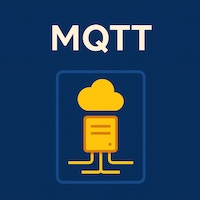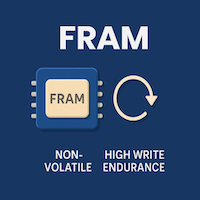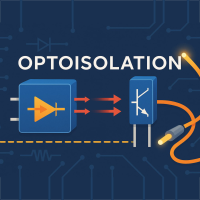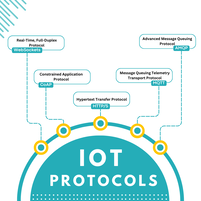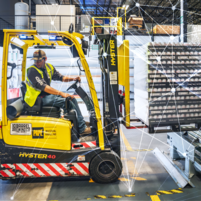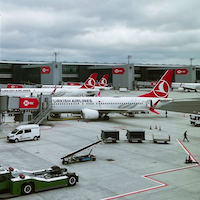IoT in Agriculture Industry
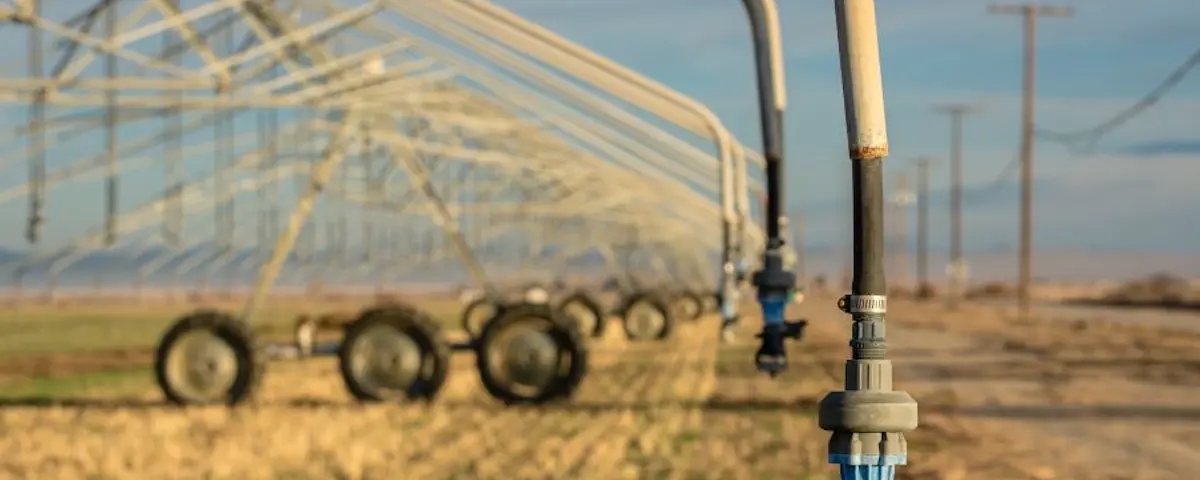
The term "Industrial Internet of Things" (IoT) has already caused significant upheaval in many different businesses, and the agricultural sector is no exception. The worldwide market for linked agriculture was valued at $1.8 billion at the end of 2018, and this figure is expected to continue increasing shortly. At a compound annual growth rate (CAGR) of 19.3%, it is anticipated to reach 4.3 billion US dollars by 2023.
The Internet of Things (IoT) has made it possible to create intelligent wearables, linked gadgets, automated machines, and autonomous vehicles. However, the Internet of Things has had the most significant influence in the field of agriculture.
Recent studies have shown that by the year 2050, the whole planet's population will reach 9.6 billion. In addition, the agricultural sector must use the Internet of Things to provide food for such a large population. The Internet of Things is helping us satisfy the need for more food while simultaneously eliminating difficulties such as harsh weather conditions, climate shifts, and environmental effects.
In the latter half of the 20th century, mechanical advancements such as tractors and harvesters were developed around the globe and incorporated into agricultural practices in many different countries. In addition, the agricultural industry places significant importance on creative ideas due to the continuously rising need for food.
The Internet of Things in Industry has contributed significantly to increased agricultural productivity at a cheaper cost. In agricultural operations, the use of intelligent solutions that are enabled by the internet of things will rise over the next few years. In point of fact, just a handful of the most recent reports state that the installation of Internet of Things devices in the agricultural sector would have a compound annual growth rate of 20%. Additionally, the number of connected devices used in agriculture is expected to increase from 13 million in 2014 to 225 million in 2024.
An Internet of Things (IoT) solutions provider and the owners of businesses in less developed or distant areas had encountered issues throughout the installation process due to a lack of consistent and dependable communication network infrastructure. However, several network providers are making it feasible by expanding cellular networks and offering satellite connections.
Implementations of the Internet of Things in Agriculture
How did the Internet of Things become a part of agriculture?
It has been a significant amount of time since sensors were first used in agricultural processes. However, the issue with the conventional method of using sensor technology was that we could not get real-time data from the sensors. This was a significant limitation of the previous method. The sensors first logged the data into the memory connected to them, and later on, we could utilize it.
In agriculture, the use of the industrial internet of things has led to the use of much more sophisticated sensors. Cellular and satellite networks have been used to connect the sensors and the cloud, enabling us to know the data from the sensors in real-time, improving our decision.
As it relates to agriculture, the Internet of Things (IoT) has emerged as the second wave of the green revolution. The farmers see advantages in two different areas due to their use of IoT. It has improved the farmers' decision-making abilities by providing them with more precise data, resulting in increased yields and decreased expenses for the agricultural industry.
Agricultural Applications of the Internet of Things:
Agriculture and food production in a manner that is both environmentally responsible and efficient may be accomplished via the use of a method known as "smart farming." In the context of agriculture, this refers to an application of combining the use of connected devices with new technology. The Internet of Things is a critical component of smart farming, which essentially eliminates the need for farmers and growers to do manual labor and thereby boosts output in every conceivable way.
The most current advances in agriculture are reliant on agriculture. As a result, the Internet of Things has brought about enormous advantages, such as the effective use of water and the optimization of inputs, among many others. The significant benefits, the introduction of which has led to a sea change in agricultural practices in recent times, were the deciding factor.
Monitoring the crop in real-time allows Internet of Things (IoT)-based smart farming to make the whole agricultural system more efficient. The Internet of Things has not only helped farmers save time but has also decreased their wasteful use of resources like water and electricity. These benefits are a direct result of the increased interconnectivity and sensor technology made possible by IoT in the agricultural sector.
The use of modern technology, namely the Internet of Things, in agricultural settings offers the following advantages:
The Conditions of the Climate
The climate is a significant factor in farming. And having an inaccurate understanding of the climate has a significant negative impact on both the amount and quality of the agricultural output. But the Internet of Things technologies allows you to monitor the current weather in real-time. Both the inside and outside of the farming fields are outfitted with sensors.
Precision Farming
One of the most well-known uses of the Internet of Things in agriculture is precision farming, often known as precision agriculture. Other examples of intelligent farming applications include. The data collected by various sensors are analyzed to determine the best course of action for agricultural operations.
Intelligent Greenhouse
The Internet of Things (IoT) has allowed weather positions to automatically alter the temperature conditions inside our greenhouses following a particular set of guidelines. This makes our greenhouses intelligent. The use of IoT in greenhouses has eradicated the need for human interaction, resulting in the process being more cost-effective while simultaneously improving accuracy.
Data Analytics
The traditional database system does not have sufficient capacity to accommodate the data generated from the sensors connected to the internet of things (IoT). Storing data in the cloud and having an end-to-end Internet of Things platform are crucial components of the smart agricultural system. It is believed that these systems have a significant role in making it possible to carry out tasks to a higher standard. In the Internet of Things (IoT) realm, sensors serve as the principal data collectors on a wide scale. Using analytics tools, the data is evaluated, and the results are turned into information with meaning.
Agricultural Drones
The introduction of agricultural drones is the ongoing disruption that is taking place due to technological breakthroughs, which have almost altered agricultural operations.
Conclusion
In conclusion, the agriculture that IoT enables has helped adopt current technical solutions to problems that have existed for a long time. Because of this, the divide between production and the quality and amount of output has been narrowed. It can take prompt action and cause minimal harm to the crops by ingesting data. This is accomplished by receiving and importing information from various sensors for usage in real-time or storage in a database. Produce is processed more quickly and is delivered to supermarkets in the shortest amount of time feasible thanks to end-to-end intelligent operations that are carried out seamlessly and enhanced business process execution.
Explore more
Need any help in IoT?
Need any help in IoT? An Atreyo expert identify the right solution for your needs.
If ready to talk to an Atreyo expert
Interested in IoT products? go to
